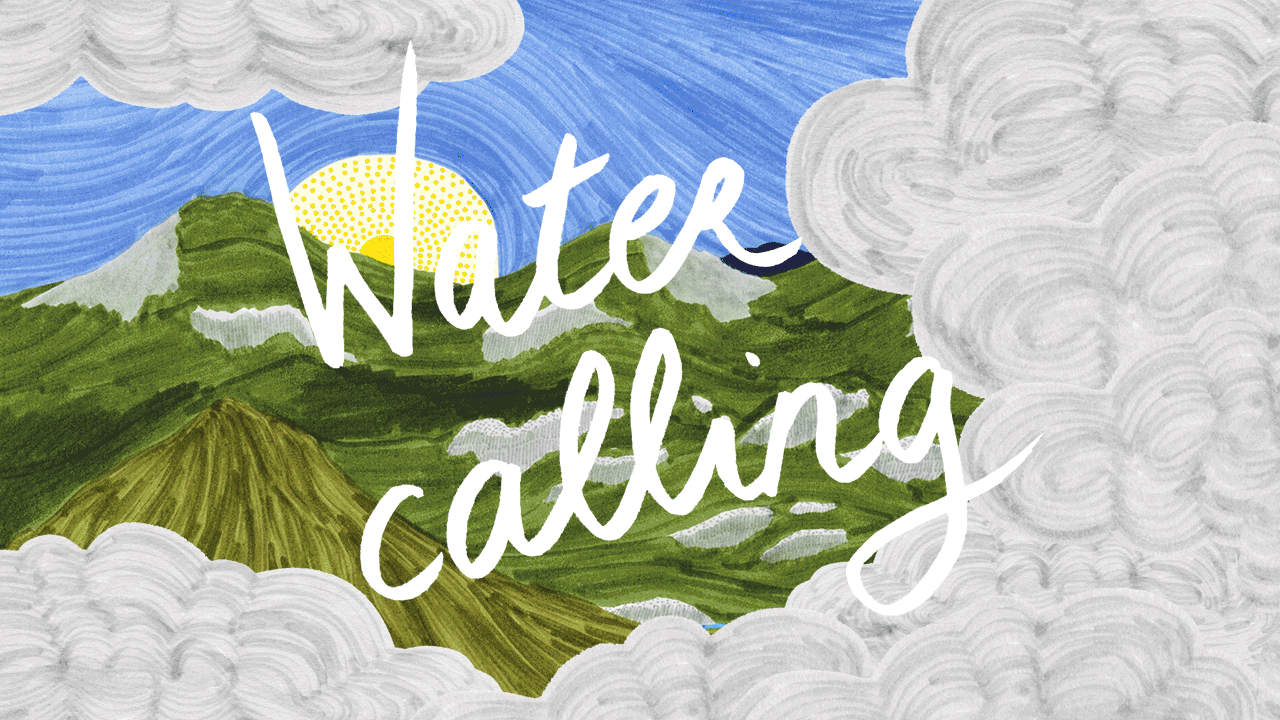
English follows Japanese
見えるところにも、見えないところにも豊かな水が流れる京都。街の風景を形作る鴨川や桂川、湧水や池から引いた水を活用した庭園、また水力発電や水運を通じて明治時代の産業の発展を支えた琵琶湖疏水、そして料理や酒造り、茶の湯や染物など、京都の生活文化を象徴する地下水。こういった風景は人間が生きる上で欠かせない水と共存するための技術の多様さを表しています。
千年前、都を作った人々はこの土地が水に恵まれた場所だということを知っていました。そして限りある資源の恵みに感謝しつつ、自然が時折もたらす太刀打ちできない力に畏怖を感じながら生きてきたのです。その歴史には科学だけでは説明しきれないような人間と自然との関わりが潜んでいます。現代のように教育や情報の伝達が行われていなかった時代、どのように人々は水の存在を感じていたのでしょうか。また水との関係性は近代を経てどう変化し、今、どのように流れているのでしょうか。
Water Calling は京都ならではの水にまつわる風景を芸術的な方法で表現することで、水と共に生きる環境に意識をめぐらせるプロジェクトです。
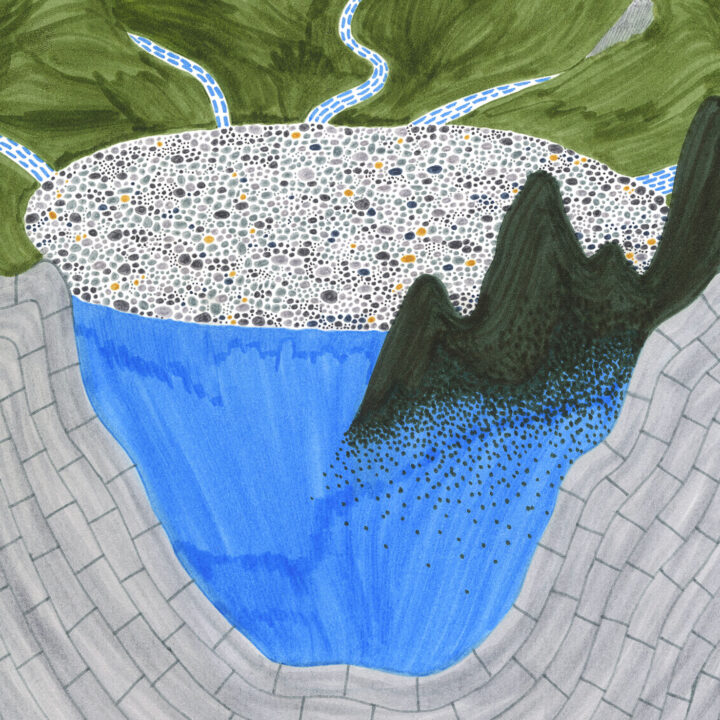
「京都水盆」とは?
京都の地下には200-300万年前に断層運動によって形作られたお椀状の硬い岩盤があり、その上に水を通す小石や砂利でできた層があります。そこを水が絶えず流れることで、京都の文化産業にとって大切な地下水ができているのです。
この地下水が琵琶湖とほぼ同じ量であることが科学的に解明されたのは1990年代のこと、関西大学特命教授の楠見晴重さん(工学)の研究によるものでした。しかし、人々は昔から地下水が地上の水風景と分かち難い関係にあることを理解し、生活の営みを通じて限りある水と共存する方法を常に探っていたのです。
参考資料:「京都水盆」から考える、現代的コモンとこれからの都市像:松田法子 ウェブマガジンWIRED連載・『人と地球の共構築に向けて』
感性で環境をとらえる
Water Calling は本や物語、絵画や神話など、今日、芸術と呼ばれている方法を通して、いかに人々が見えないものを想像し描き、水の存在を感じてきたのかを考えます。
2022年から始まった本企画はフィールドワークと専門家の監修を経て、2023年には京都の地下水の存在を感じられるようなアートブックを出版、それに伴い京都、東京、パリで展覧会を行いました。
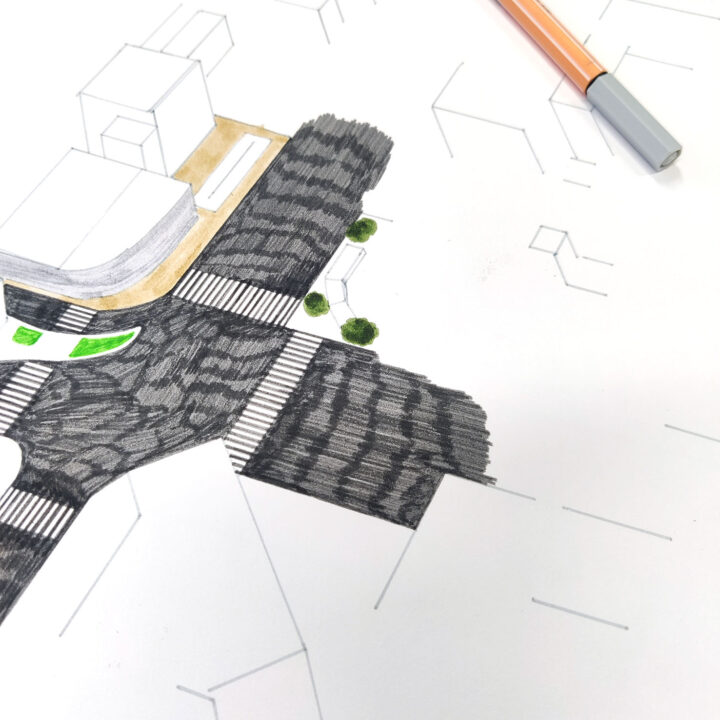
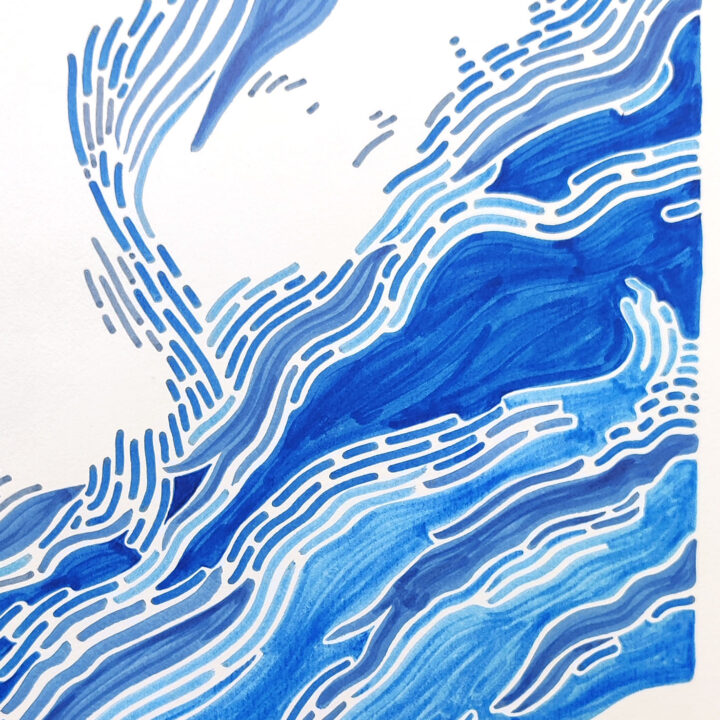
Water Calling 2025 プログラム
東山を借景に琵琶湖疏水の水を取り入れた京都の文化的景観の一部を成す無鄰菴を会場に、多様な京都の水風景を地上から地下まで一望するようなドローイングによる展覧会を行います。
1.展覧会
会場・共催:無鄰菴
山縣有朋別邸(1896年築)七代目小川治兵衛作庭。1903年「無鄰菴会議」が行われた洋館でも知られる。作庭には琵琶湖疏水の水を取り入れている。
期間: 2025年1月18日(土)− 2月16日(日) 9:00-17:00
入場料: 600円
2.イベント:専門家の視点を通じて水を考える
展覧会の理解を深めるためのイベントを行います。
<講演>
阪神淡路大震災後の京都市街地の地下構造を把握するための調査を応用、京都盆地を3Dグラフィックスとして表すと共に、それに基づいて地下水賦存量を解明、豊富な地下水の存在を「京都水盆」と命名した楠見晴重さん(関西大学特命教授・工学博士)にその経緯と実態についてお話しいただきます。
日時: 2025年1月25日(土)14:30 –
場所: 楽友会館(京都市左京区吉田二本松町)
講演者: 楠見晴重氏(関西大学特命教授・工学博士)
* 要予約・予約方法は12月以降にご案内します
<ウォーキングツアー>
京都の文化的景観の調査研究に携わる惠谷浩子さん(奈良文化財研究所景観研究室長・造園学)のナビゲーションのもと、水が形作る京都の風景を歩きながら学びます。
日程: 2025年2月1日(土)
ナビゲーター: 惠谷浩子氏(奈良文化財研究所景観研究室長・造園学)
* 要予約・イベントのタイムスケジュールや予約方法は12月以降にご案内します
【文化的景観とは】⽂化財保護法の⼀部改正により加わった文化財のカテゴリーのひとつ。その⼟地ならではの⾃然環境をもとに、⼈々が独⾃の生活・⽣業を営んできた結果としてできた⾵景そのものを⽂化財として捉える。
Water CallingはArts Aid KYOTO 京都市 連携・協働型文化芸術支援制度 の認定事業として、京都市が運営するKyoto Art Donationなどで制作運営に対するご支援を募集しています。所定の手続きを行うことでご寄付に対して税制上の優遇措置を受けることができます。詳しい情報はこちらのウェブサイトをご覧ください。
◾️ Water Callingの今まで /What we have done in Water Calling
・ フィールドワーク(2022)/ Field Work (2022)
・ 『Water Callingー京都の地下から聞こえる音』出版記念展覧会、イベント(京都、2023)/ Water Calling: Publishing Exhibition, Related Events (Kyoto, 2023)
・ 「Water Calling」展覧会(東京、2023)/ Water Calling: Exhibition (Tokyo, 2023)
・ 「Water Calling」展覧会(パリ、2023)/ Water Calling: Exhibition (Paris, 2023)
Kyoto is rich in water, both visible and invisible. The Kamo and Katsura Rivers that shape the cityscape, gardens that utilize water drawn from springs and ponds, the Lake Biwa Sosui that supported industrial development in the Meiji era through hydroelectric power generation and water transportation, and groundwater that symbolizes Kyoto’s lifestyle and culture, such as cooking, sake making, tea ceremony and dyeing. These landscapes represent the diversity of technologies to coexist with water, which is indispensable for human life.
A thousand years ago, the people who built the capital knew that this land was blessed with water. They lived in awe of nature’s sometimes uncontrollable power, while being grateful for the its limited resources. There are many aspects of the relationship between humans and nature that cannot be fully explained by science alone. How did people feel the existence of water in an age when education and information were not as widely disseminated as they are today? How has the relationship with water changed over time, and how does it flow today?
Water Calling is a project to raise awareness of the environment in which we live with water by expressing the unique water-related landscape of Kyoto through an artistic approach.
What is the “Kyoto Water Basin”?
Underground in Kyoto is a bowl-shaped hard bedrock formed by fault movement 2 to 3 million years ago, on top of which is a layer of pebbles and gravel that allows water to pass through. Water continually flows through this layer, producing groundwater that is important for Kyoto’s culture and industry.
It was not until the 1990s, through the research of Prof. Harushige Kusumi (Chair Professor at Kansai University, Ph.D. Fellow of JSCE) that it was scientifically determined that this underground water is about the same volume as Lake Biwa. However, people have long understood the inseparable relationship between groundwater and the above-ground water landscape, and have always searched for ways to coexist with it through the activities of daily life.
Understanding the Environment with Sensibility
Water Calling respects the role of art, including myths, stories, and paintings, which appeal to the senses in understanding water, and conveys how humans have coexisted with it, creating an opportunity to raise awareness of the environment and natural resources. This project began in 2022, and after fieldwork and expert supervision, an art book was published in 2023 to give visitors a sense of Kyoto’s groundwater presence, accompanied by exhibitions and related events in Kyoto, Tokyo, and Paris.
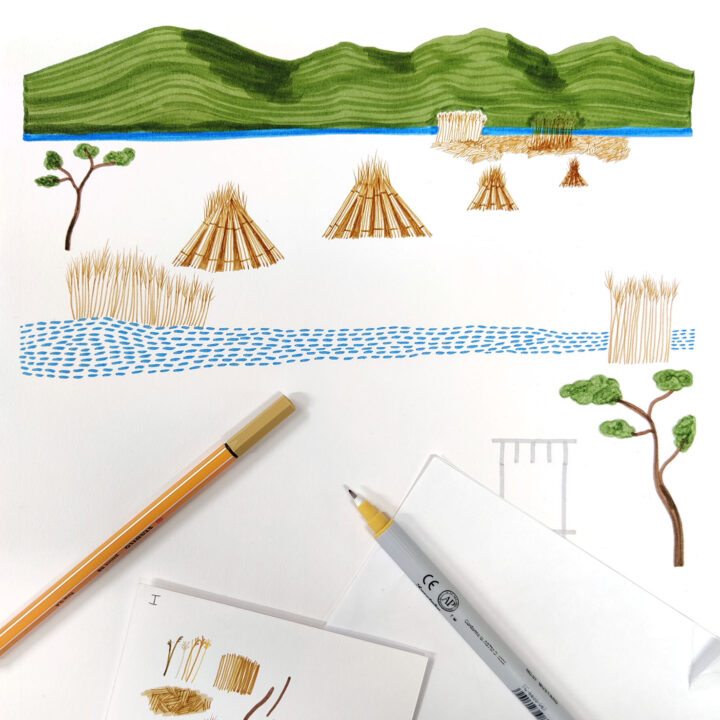
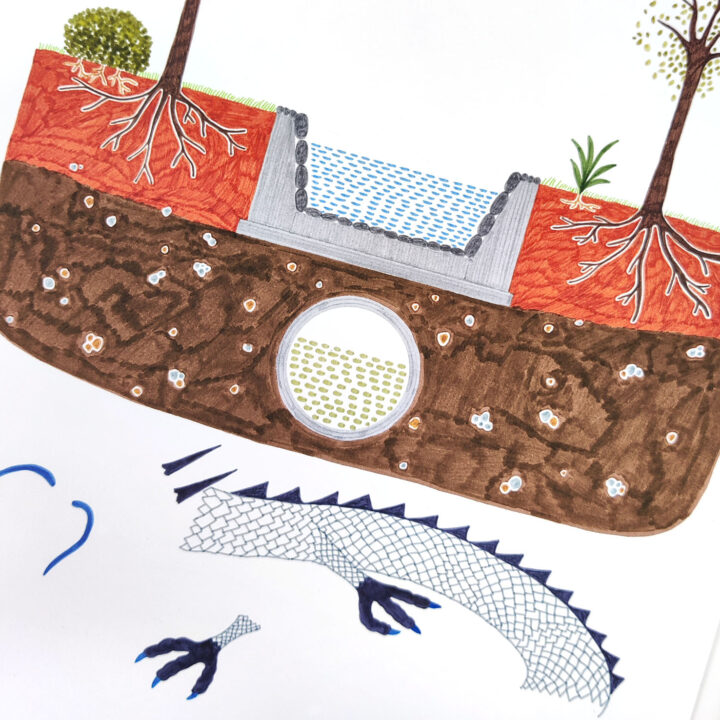
Water Calling – Programme in 2025
1. Exhibition
Venue & Co-organizer: Murin-an
Exhibition Period: January 18 (Sat), 2025 – February 16 (Sun), 2025
Open from 9:00 – 17:00, Entrance fee 600 JPY
Murin-an is the villa of Aritomo Yamagata (built in 1896), Japan’s leading statesmen during the Meiji (1868-1912), and the garden was designed by master gardener Jihei Ogawa VII. It is also known as the Western-style house where the “Murinan Conference” was held in 1903 ,where Yamagata met with fellow statesman Itō Hirobumi to prepare for the Russo-Japanese War. The garden incorporates the Sosui Canal of Lake Biwa.
2. Event: Water through Experts’ Perspectives
Dates and other details are informed around mid-October in this website.
< Lecture >
Prof. Harushige Kusumi (Chair Professor at Kansai University, Ph.D. Fellow of JSCE) has applied his research to understand the underground structure of the urban area of Kyoto after the Great Hanshin-Awaji Earthquake in 1995, and has created a 3D graphic representation of the Kyoto Basin. He will talk about the background of this research and actual conditions of the ground water, which he named “Kyoto Water Basin”.
< Walking Tour>
Under the navigation of Ms. Hiroko Edani (Nara National Research Institute for Cultural Properties, Head of Cultural Landscape section, Landscape Architecture), who has long been involved in research and study of Kyoto’s cultural landscape, visitors will learn about the landscape shaped by water as they walk.
- Lecture and Walking Tour is conducted in Japanese.
We are looking for donations through Kyoto City’s Hometown Tax Payment
Water Calling is a certified project of Arts Aid KYOTO, Kyoto City’s cooperative and collaborative arts and culture support program, and we are accepting donations for the production and operation of this project through the Kyoto Art Donation website operated by Kyoto City and payment by donation application form. Individuals can make a tax deduction from their income tax as a Furusato tax payment, and corporations can receive a tax benefit of up to 90% of the donation amount as a corporate version of Furusato tax payment. For more details, please click here (Japanese only).Thank you for your cooperation.
REPORT – Fieldwork in MAY, 2024
イサベル・ダエロンが来日し、実施に向けてのフィールドワークを行いました。
Isabelle Daëron stayed in Kyoto and conducted research with Yoshiko Nagai on May, 2024.
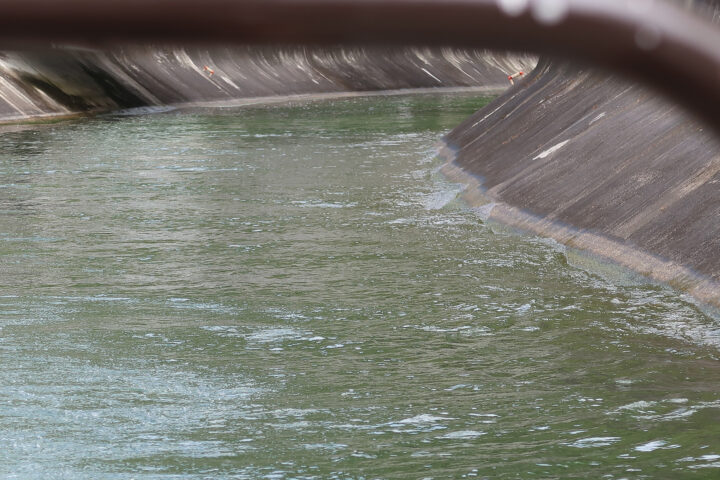
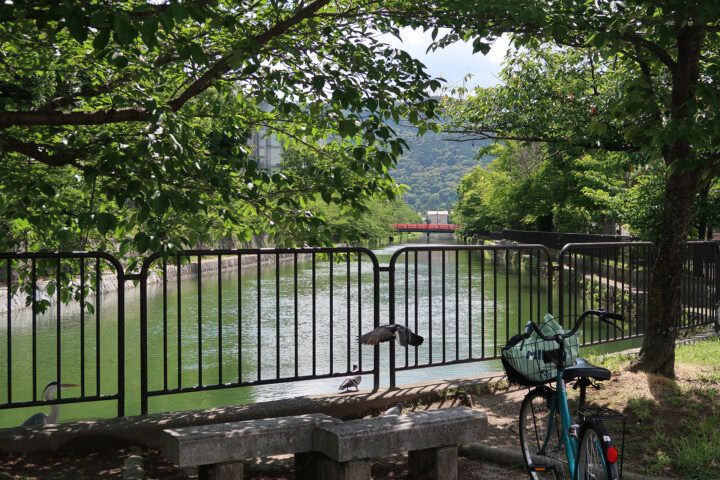
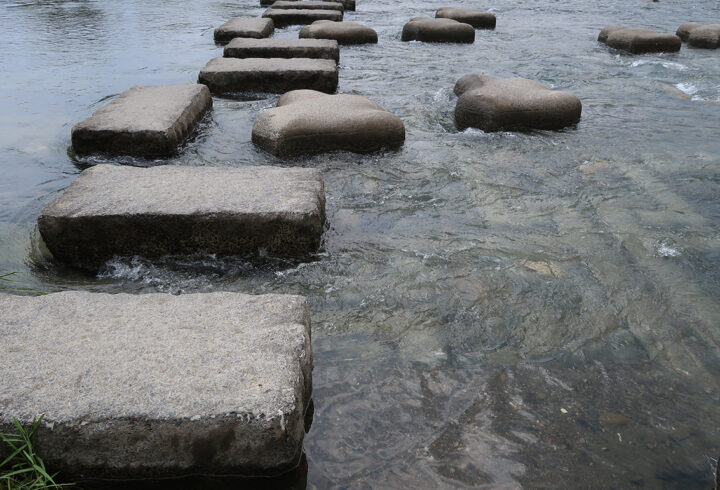
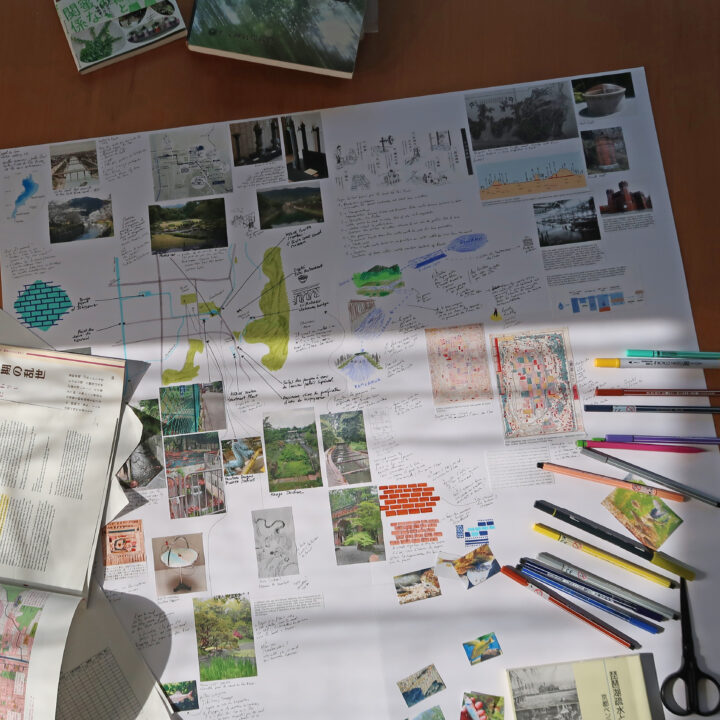
Supported by Institute Français – IF Export
◾️ 企画制作 / Production and Planning
イザベル・ダエロン/ Isabelle Daëron(環境デザイナー、アーティスト):フランス、パリを拠点に活動。Studio Idaë 主宰。自然資源と共存することをテーマに研究、作品を制作、その方法は公共プロジェクト、都市計画、企業とのコラボレーションなど多岐にわたる。特に都市空間のなかでの水の再利用に関してのリサーチを長年行い、公共施設や都市計画の分野で実装している。過去のプロジェクトにブルターニュ海岸線の地域の生態系をつたえる観光拠点のデザイン「Tombolo l’Autre Monde」(2023)、パリ20区のクールダウンシステム「Aero-Seine」(2020年)「Topique-eau non-potable」都市空間での飲めない水の利用について(2016年)など、公共プロジェクトほか展覧会など多数。2024年のパリ・オリンピックでは選手村のパブリックアートを制作。
永井佳子/Yoshiko Nagai(キュレーター、プロデューサー):外資系企業にて文化事業、デザインディレクションを担当。企画の目的に即した芸術家やものづくりに携わる職人を引き合わせ、協働するコミュニケーションプロジェクトを多数行う。2020年よりMateria Prima主宰。アート、デザイン、建築といった分野の枠にとらわれず、クリエイティブを通じて、現場と社会と環境をつなぐしくみを作っている。エルメス財団編『Savoir & Faire 土』編集協力(岩波書店)、雑誌『Subsequence』編集、学び続けるためのプラットフォームHamacho Liberal Arts企画制作(東京日本橋 浜町LAB.)。京都市立芸術大学非常勤講師。
Isabelle Daëron (Environmental Designer, Artist)
Based in Paris, France, Isabelle Daëron is the director of Studio Idaë. Her research and work focuses on the theme of habitability with natural resources, and her methods are diverse, including public projects, urban planning, and collaborations with companies. She has long been researching the reuse of water, especially in urban spaces, and has implemented her research in the field of public facilities and urban planning. Past projects include “Tombolo l’Autre Monde” (2023), a design for a tourist center to transmit the ecology of the Brittany coastline, “Aero-Seine” (2020), a cool-down system for the 20th arrondissement in Paris, “Topique-eau non -potable” She also created public art for the athletes’ village at the 2024 Paris Olympics.
Yoshiko Nagai (Curator, Producer)
In charge of cultural projects and design direction at a private sector, Nagai had undertaken numerous communication projects that bring together and collaborate with artists, designers and craftspeople that were in line with the objectives of the project. Since 2020, she has initiated of Materia Prima, Curatorial Planning & Direction, where she has been working to build a structure and the environment that connects the society and creatives without being limited by the boundaries of field. Her recent projects include editorial for “Savoir & Faire TERRE” by the Fondation d’entreprise Hermès (Iwanami Shoten), the magazine “Subsequence”, and planing and production for Hamacho Liberal Arts, a platform to continue learning (Hamacho LAB., Nihonbashi, Tokyo). Lecturer at Kyoto City University of Arts.
